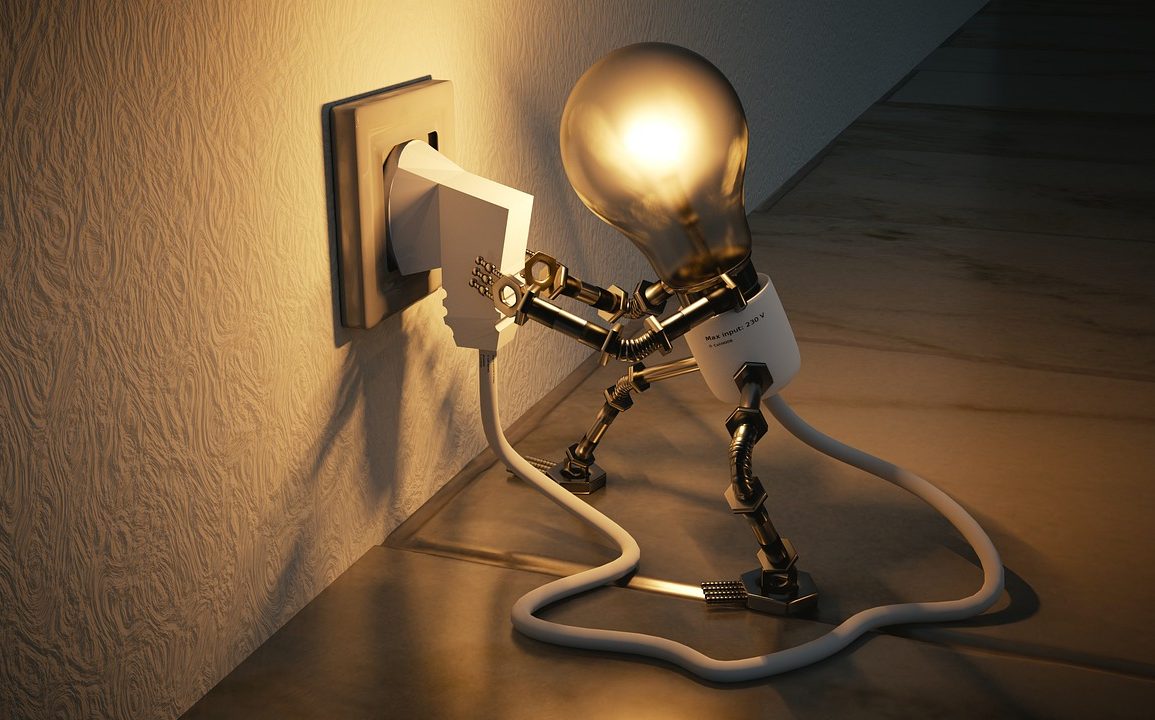3 Electrical Safety Tips to Protect Your Home and Loved Ones – The safety of our homes is a top priority for all of us. One vital aspect of ensuring that safety is often overlooked is electrical safety. A well-maintained and properly functioning electrical system is crucial for powering our devices and appliances and plays a vital role in preventing accidents that could harm our loved ones or damage our homes. However, ensuring electrical safety requires more than just flipping a switch—it requires proactive steps and regular checks.
In this article, we will explore some key steps you can take to ensure your home is as safe as possible. Keep reading to learn more.
Understanding The Most Common Electrical Hazards At Home
Faulty wiring, overloaded circuits, and improperly used electrical devices are some of the most common electrical hazards that can pose a risk to the safety of your home and loved ones.
Faulty wiring can lead to electrical shocks, fires, or even electrocution. Signs of faulty wiring include:
- Flickering lights.
- Frequent tripping of circuit breakers.
- The smell of burning wires.
If you notice any of these signs, it is crucial to address the issue immediately by contacting a licensed electrician. They can inspect your wiring and make any necessary repairs or replacements.
Overloaded circuits occur when too many electrical appliances or devices are connected to a single circuit, exceeding capacity. This can cause the circuit to overheat, potentially leading to a fire. To prevent this, distribute your electrical load evenly across different circuits, avoid using extension cords for long-term use, and unplug appliances when not in use.
Improperly used electrical devices can also be a significant hazard. Always follow the manufacturer’s instructions for properly using and maintaining electrical devices. Avoid overloading power outlets; never use damaged or frayed cords or plugs. Keep electrical devices away from water sources to minimize the risk of electric shocks.
Making Sure Your Homes Electricals Have A EICR Testing
One essential step in ensuring electrical safety is to have an Electrical Installation Condition Report (EICR) testing conducted on your home’s electrical system. EICR testing involves thoroughly inspecting your electrical installations, wiring, and circuits to identify potential issues or hazards.
During electrical safety testing, a qualified electrician will examine the condition of your electrical system, checking for signs of wear and tear, outdated wiring, faulty connections, or inadequate grounding. They will also inspect the fuse box, meter, and other electrical components. Head over to Hexo Electrical Testing to learn more about electrical testing and how to ensure your home is safe.
What To Do In An Electrical Emergency
Despite taking all the necessary precautions, electrical emergencies can still occur. Knowing what to do in these situations is important to minimize the risk of injury or further damage. Here are some steps to take in common electrical emergencies:
- Power Outage: First, determine if the outage is local or widespread. Report widespread outages to your power company. Check your fuse box for tripped circuit breakers if the outage is local. Call an electrician if you can’t restore electricity or suspect a larger problem.
- Person Being Shocked: Act promptly yet carefully if someone is being electrocuted. Touching the person directly could electrocute you. Instead, quickly cut off the power source if it can be done safely, or use a non-conductive device like a wooden broom handle to isolate the person from the electricity. Call emergency services and provide any necessary first aid until help arrives.
Implementing electrical safety measures is paramount to safeguarding your home and loved ones.
Poppy Watt


